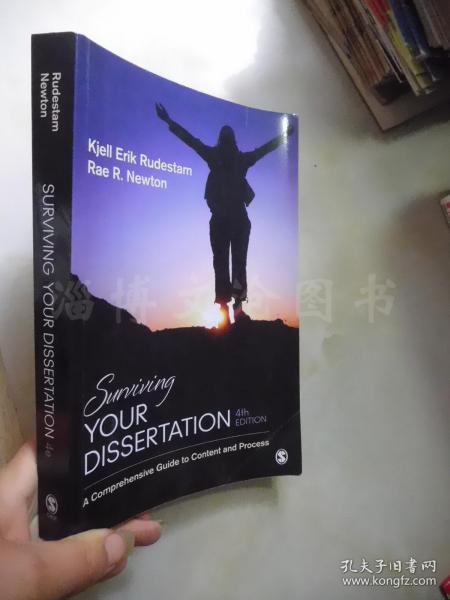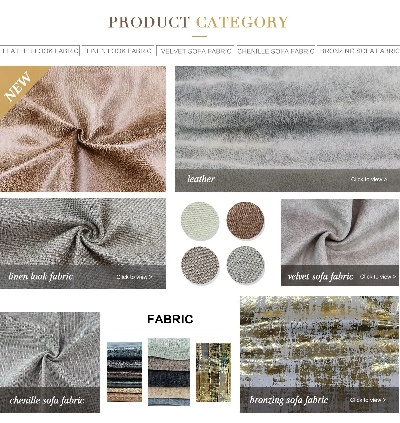A Comprehensive Guide to Performing Tests on Textiles
This comprehensive guide aims to provide a detailed and systematic approach for conducting tests on textiles. The guide covers various testing methods, including tensile strength, tear resistance, and water absorption, among others. It also provides guidance on how to prepare the sample for testing and how to interpret the results. Additionally, the guide offers tips for selecting appropriate testing equipment and techniques, as well as recommendations for using statistical analysis to evaluate the results. Overall, this guide provides a valuable resource for anyone interested in testing textiles and ensuring their quality and performance.
Introduction: Textiles are an integral part of our daily lives, from clothing to furnishings. They play a significant role in protecting us from the elements and providing comfort. Therefore, it is crucial to ensure that textiles meet certain standards before they are used in various applications. In this guide, we will discuss the various tests that can be conducted on textiles to evaluate their quality, durability, and functionality. We will also provide some examples of how these tests can be applied in real-life scenarios.

Tests for Textile Quality:
- Colorfastness Testing: This test measures the resistance of a textile to fading and discoloration over time. It is essential for garments that come into contact with sunlight or other light sources.
- Crease Resistance Testing: This test measures the ability of a textile to retain its shape after being pressed or ironed. It is important for garments that require a professional fit.
- Tenacity Testing: This test measures the strength of a textile fiber against tearing. It is essential for fabrics that need to withstand wear and tear.
- Moisture Absorption Testing: This test measures the amount of water that a textile can absorb before becoming saturated. It is important for fabrics that need to be breathable but not excessively wettable.
- Flammability Testing: This test measures the rate at which a textile burns when exposed to flame. It is important for fabrics that need to be fireproof or have a low risk of catching fire.
Tests for Durability:
- Stress Testing: This test measures the resistance of a textile to breaking under specific conditions, such as tension or compression. It is important for fabrics used in sportswear or outdoor gear.
- Water Absorption Testing: This test measures the amount of water that a textile can absorb before becoming saturated. It is important for fabrics that need to be waterproof but not excessively wettable.
- Dyeing and Printing Testing: This test measures the quality of dyes and prints applied to a textile. It is important for fabrics used in fashion or home decor.
- Antimicrobial Testing: This test measures the effectiveness of a textile in preventing bacterial growth. It is important for fabrics used in healthcare or hygiene products.
Tests for Functionality:
- Wear and Tear Testing: This test measures the extent to which a textile can be worn and still retain its original appearance and performance. It is important for apparel that needs to be durable but also comfortable to wear.
- Weather Resistant Testing: This test measures the resistance of a textile to different weather conditions, such as rain, snow, or heat. It is important for outdoor furniture or protective clothing.
- Elasticity Testing: This test measures the elasticity of a textile, which affects its ability to stretch and recover its original shape. It is important for swimwear or athletic wear.
- Compression Testing: This test measures the amount of pressure that a textile can withstand before it becomes damaged or wrinkled. It is important for garments that need to be comfortable but also durable.
Case Study: Let's take a look at how these tests can be applied in the real world. For example, consider a textile company that produces high-quality sportswear. They would conduct colorfastness testing to ensure that their sportswear does not fade or discolor over time. They would also perform moisture absorption testing to ensure that their sportswear is breathable but not excessively wettable. Finally, they would conduct stress testing to ensure that their sportswear can withstand heavy use without breaking. By following these guidelines, the textile company can ensure that their sportswear meets all necessary standards and provides optimal performance for their customers.
在选购纺织品时,了解其质量、性能和安全性至关重要,为了确保纺织品的质量和安全性,需要进行一系列的测试,本文将详细介绍纺织品应进行的测试项目及其具体方法。
纺织品测试项目
物理性能测试
(1)强度测试:测试纤维的耐磨性、抗拉强度等。 (2)柔软度测试:测试纤维的触感、回弹性等。 (3)尺寸稳定性测试:测试纺织品在尺寸变化时的稳定性。
化学性能测试
(1)纤维成分分析:检测纤维的主要成分,确保符合相关标准。 (2)耐化学物质测试:测试纺织品对常见化学物质的抵抗能力。

安全性能测试
(1)环保测试:检测纺织品是否符合环保标准,如无毒、无害等。 (2)抗菌性能测试:检测纺织品对常见细菌的抗菌效果。 (3)耐久性测试:测试纺织品在长期使用过程中的性能稳定性。
案例说明
以下是一个纺织品测试的案例,以供参考:
某品牌棉质睡衣
为了确保该品牌棉质睡衣的质量和安全性,需要进行以下测试:
- 物理性能测试:通过拉伸试验、耐磨性试验等,检测睡衣的强度和耐磨性,观察睡衣的触感和回弹性,确保其符合用户需求。
- 化学性能测试:通过纤维成分分析,检测睡衣的主要成分是否符合相关标准,进行耐化学物质测试,确保睡衣在多种环境下都能保持稳定性能。
- 安全性能测试:进行环保测试和抗菌性能测试,确保睡衣符合环保标准且具有抗菌效果,进行耐久性测试,观察睡衣在长期使用过程中的性能稳定性。
测试表格补充说明
以下是关于纺织品测试的一些详细表格补充说明:
纺织品测试项目列表
| 项目名称 | 测试方法 | 具体说明 |
|---|---|---|
| 物理性能测试 | 强度测试 | 通过拉伸试验、耐磨性试验等检测纤维的耐磨性、抗拉强度等 |
| 柔软度测试 | 通过触感、回弹性等观察纤维的触感、回弹性等 | |
| 尺寸稳定性测试 | 检测纺织品在尺寸变化时的稳定性 | |
| 化学性能测试 | 纤维成分分析 | 通过分析纤维的主要成分,确保符合相关标准 |
| 耐化学物质测试 | 进行耐化学物质测试,检测纺织品对常见化学物质的抵抗能力 | |
| 安全性能测试 | 环保测试 | 通过检测纺织品是否符合环保标准,如无毒、无害等 |
| 抗菌性能测试 | 通过检测纺织品对常见细菌的抗菌效果 | |
| 耐久性测试 | 进行耐久性测试,观察纺织品在长期使用过程中的性能稳定性 |
通过上述介绍,我们可以了解到纺织品应该进行的多种测试项目及其具体方法,在实际操作中,需要根据具体情况选择合适的测试项目和方法,以确保纺织品的品质和安全性,还需要注意遵循相关标准和规范,确保测试结果的准确性和可靠性。
Articles related to the knowledge points of this article:
The Art of Textile Labels and Their Incredible Benefits for Customers



